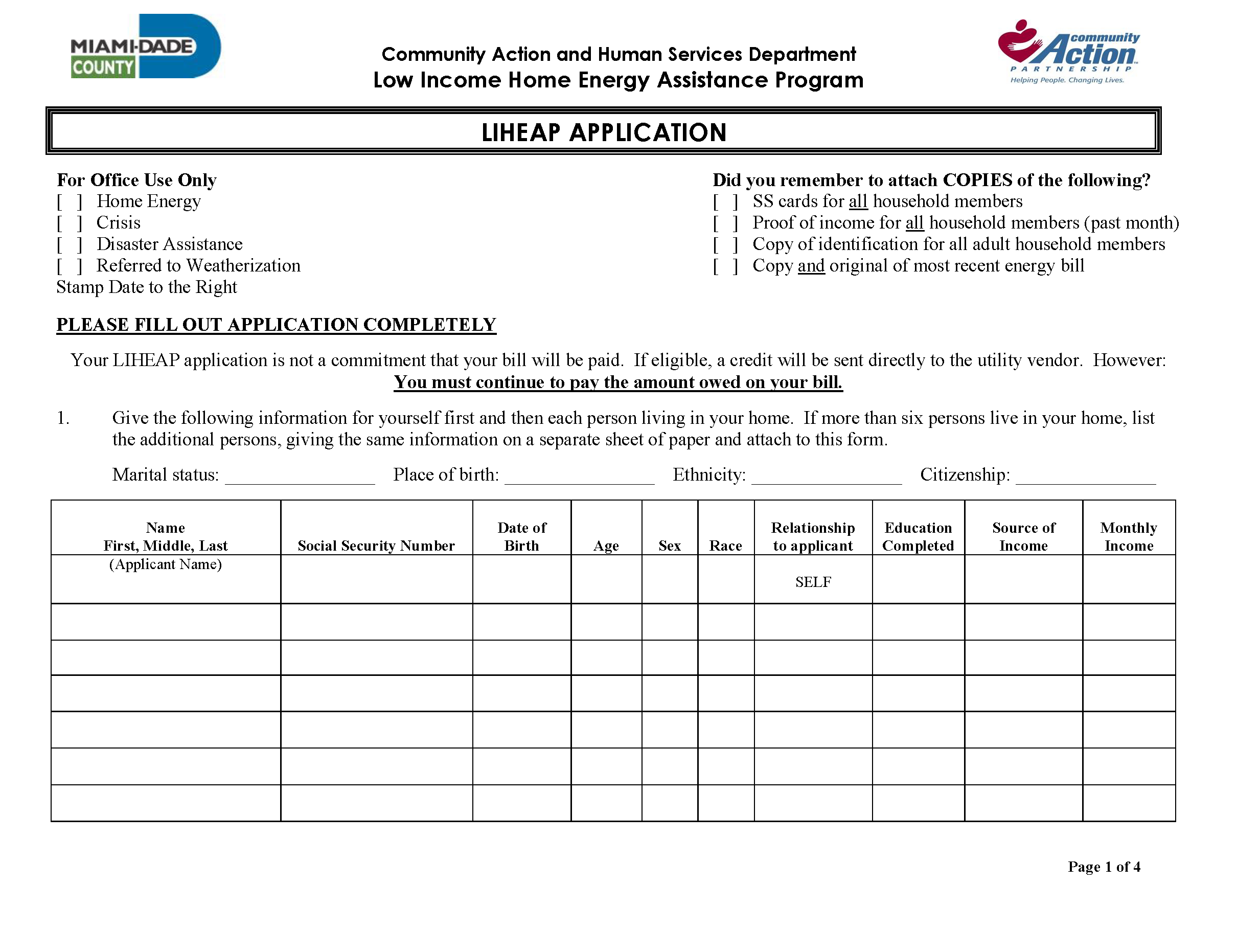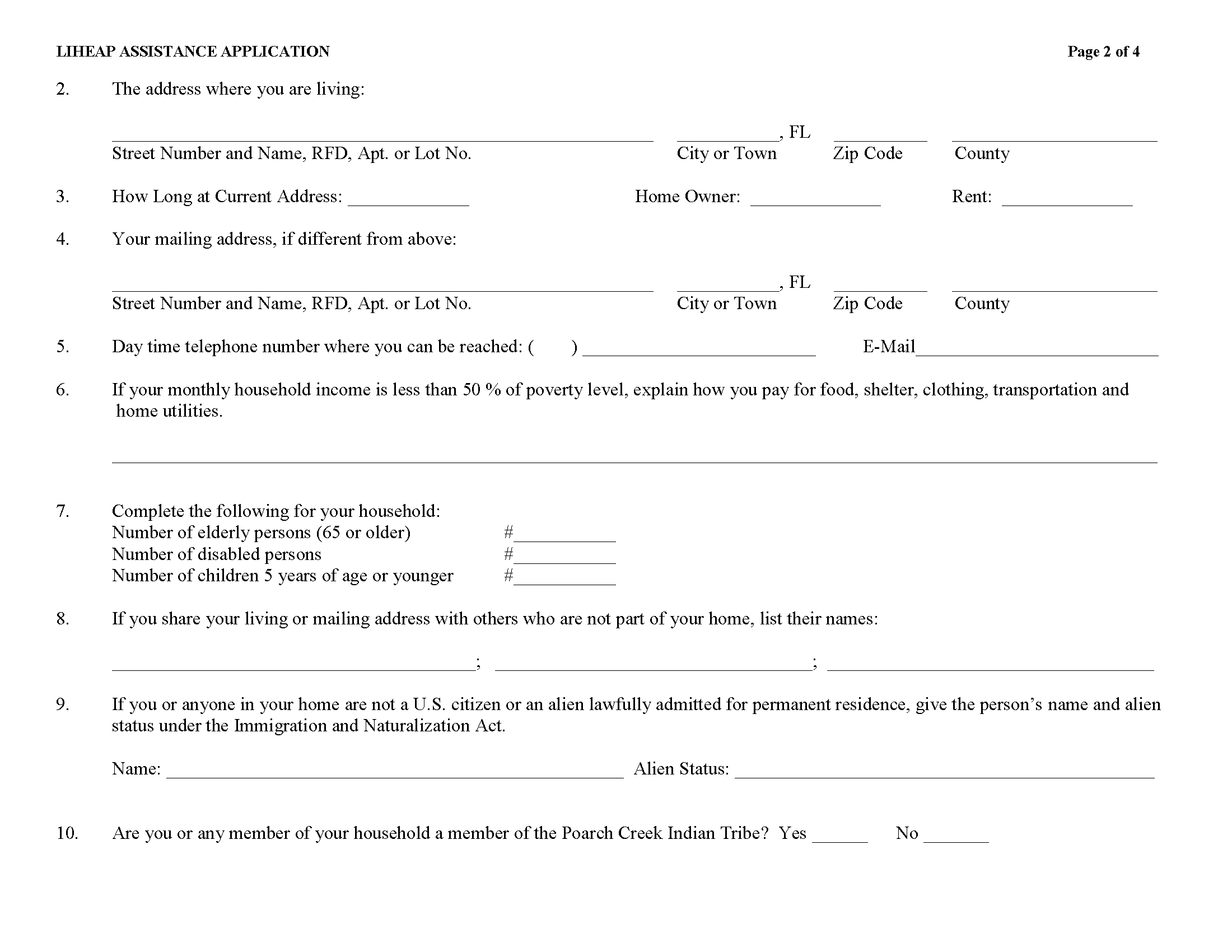
Decreasing barriers for low-income residents to access energy assistance
Key Achievements
Proposed a redesign of a low-income energy assistance program application to the Miami-Dade County’s Community Action & Human Services Department that was geared to decreasing the application abandonment rate (which is at 30%). This led to immediate design changes on the current application.
Barriers to access.
Many houses who apply for LIHEAP (Low-Income Home Energy Assistance Program) and qualify for assistance, may not receive the assistance they need because they often do not complete the application process. There are common reasons why an applicant may not complete or abandon an application. This results in tremendous amount of funding not being accessed.
-
Government systems are notorious for having outdated, poorly designed communication and tools. We found our County LIHEAP program had outdated requirements and information on their application.
-
The amount of inadequacies on government aid applications are many: poor navigation design of helplines, long wait times to access customer service, mixed communication from frontline staff, poor design of digital applications and lack of consideration for tech-literacy of users. Just to name a few.
-
During a time of crisis, public services are needed most. Collectively we experienced major service disruptions due to key design flaws. Our work aims to increase efficiency and decrease misinformation.
We proposed a design of the current application that would remove the guess work for users. Our design provided clear, concise information to the user and reduced confusion and workload.
All design & materials on this project are owned by Ker-twang.






